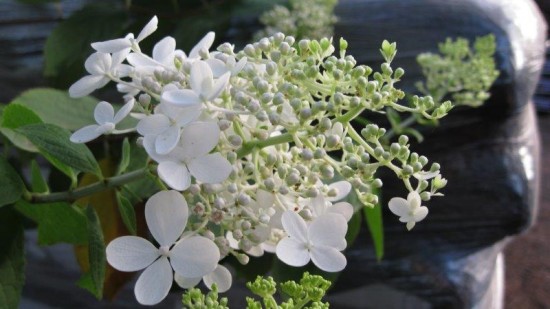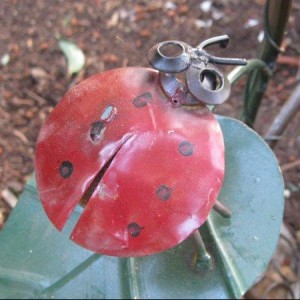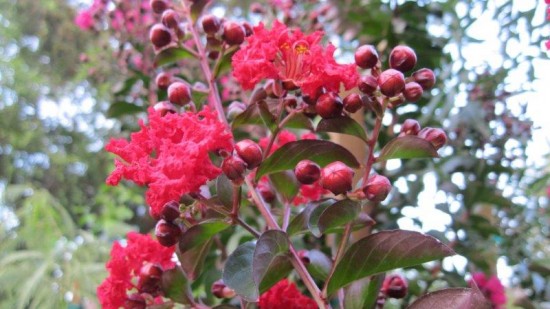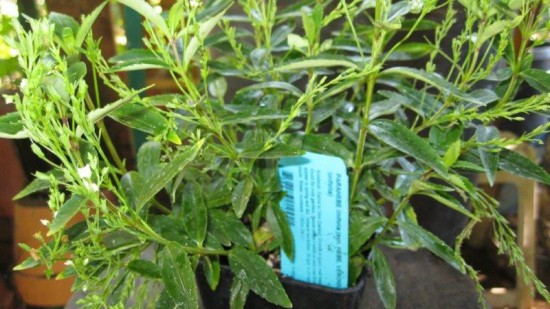Newsletter August 2015
Here we are in August already and it is time to start thinking about Fall planting. We are stocking up on cool season vegetable and flower seeds and the order should arrive by the first of the week. Now is the time to start your broccoli, cabbage, cauliflower, kale and brussels sprouts from seed. I recommend starting in flats where you can keep them cool and shaded. You can also start lettuce, radish, beets, carrots, chard, mustard, peas, turnips, kholrabi, and peas but I prefer to start these right in the ground and I recommend waiting till the end of the month or the first of Sept for that. Potatoes, garlic and onion sets will be shipping out the first week of September so look for those early next month.
Flowers to consider seeding in the next months include sweet peas, poppies, violas, calendula. larkspur, cornflower, and wildflowers. We also have a few perennials in seed like hollyhocks, echinaceas and foxglove.
Keep up on light summer pruning of your fruit trees. Fall is a good time to throw on organic fertilizer for all your trees, shrubs and perennials, specially if you have fed very little since spring. It is also the time to apply 0-10-10 Bloom food to your spring bloomers and fruit trees to encourage more bloom. More bloom could mean more for the bees so we would be helping out our pollinators.
Scientists are almost guaranteeing rain this winter so take advantage of getting winter hardy trees, shrubs and perennials in the ground this fall. Fall is absolutly the best time of year to plant in our area and early spring could prove to be too wet to plant. Most of us in the horticulture industry shake our heads that fall isn’t anywhere near as busy as spring when reason says it should be. Besides, I don’t know about other nurseries but here we have nice fall specials that you will not find in spring.
German Iris are always the first bulbs to arrive for fall planting and will be here before the month is out. These are a good choice for our area since they do not require much summer water because that is their ‘dormant’ period. Daffodils and tulips should be arriving around mid September. Get your special order bare-root fruit trees in before the end of October. The sooner we know about any bare-root shade tree requests the better as we can not order those on the S.O.F.T. Program. The stock tree orders were already placed last month. Rumor has it that there is going to be a shade tree shotage soon due to the fact nuseries cut back on production because of the economy and the drought. We will have to wait and see if that plays out or not.
We have a good selection of Crape Myrles and Rose of Sharons in bloom now. These tree and large shrubs fill in where all those spring bloomers leave off for long lasting color from mid-summer into fall. Although the humidity this spring led to a lot more disease problems on roses, I don’t think I’ve ever seen our roses bloom better than they have this year. We have had almost constant color in the rose section.
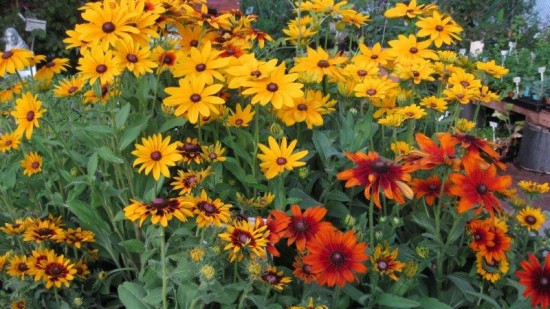
Do you need to add a little color to your yard? Planted a lot of spring and early summer bloomers but forgot to plan for the entire year? We have plenty of late blooming perennials to chose from. Nothing says summer like our Black eyed Susans, which we have plenty of and will continue to be colorful way into fall. Perennials that start in summer and continue into fall include Gaillardia, Coreopsis, Gaura, Russian Sge and Salvia. Other late blooming perennials that are just starting to bloom are Caryopteris, Asters, Mums, Plumbago and Goldenrod.
August ‘Back to School’ Specials
- 5 for 4, 4 for 3, and 3 for 2
- Do your math—That’s one free
- Buy any four plants (mix or match) and get the 5th one on the house.
- Buy 3 Firmulch and get a 4th Free—that’ saving 25% per bag
- Buy 2 Roses and get a 3rd free —that’s over 30% savings
- Half off specialty Petunias and all verbena—that’s 50%
- $1.00 off Parahebe-Plant of the Month-that’s over 20%
Plant of the Month
Parahebe linifolia and catarractae
Parahebes are New Zealand natives. They were formerly put in the genus Hebe/Veronica. Although they do like regular water and a little shade here, they are very atrractive little evergreen woody perennials. Nice trailing in containers, over walls or in a rock garden We have the following varieties.
Parahebe cattaractae ‘Miss Wilmott’ blooms with sprays of white flowers with a central spot of violet. The flowers are produced from June until frost. It is an evergreen shrubby perennial to 8″ tall and spreading to 18″ wide, ‘Miss Wilmott prefers full sun to light shade and well drained soil. Give regular water in summer. Cut back in early spring.
Parahebe linifolia is a free-branching shrub up to 5 or 6″ tall with a woody base and erect or (occasionally rooting) sprawling branches to 8″. The cute little flowers are white or palest pink with red veins. Plants bloom in spring, summer, and fall. Cut back lightly in spring.
